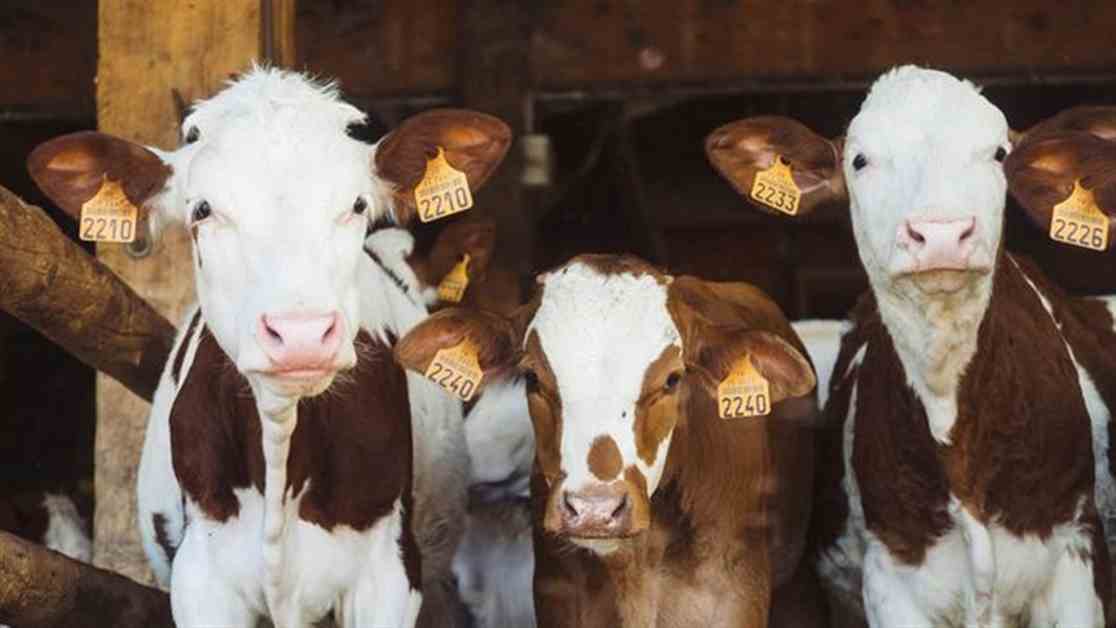Mice Administered Raw Milk with High Influenza Virus Levels
In a recent study published in the New England Journal of Medicine, researchers found that mice given raw milk from cows infected with H5N1 influenza experienced high levels of the virus in their respiratory organs. This discovery raises concerns about the potential risk of H5N1 infection in animals and humans.
Since 2003, H5N1 influenza viruses have been circulating in various countries, primarily affecting wild birds and poultry. However, in recent years, a highly pathogenic avian influenza virus called HPAI H5N1 has spread to infect more than 50 animal species, including dairy cows in the United States. This recent outbreak among dairy cows has prompted researchers to investigate the potential risks associated with consuming raw milk.
A team of researchers from the University of Wisconsin-Madison and Texas A&M Veterinary Medical Diagnostic Laboratory conducted experiments where mice were fed droplets of raw milk from infected dairy cattle. The mice showed signs of illness and had high levels of the virus in their nasal passages, trachea, and lungs. The study also tested different temperatures and time intervals to inactivate the H5N1 virus in raw milk, finding that heating the milk to 63 degrees Celsius successfully killed the virus.
While laboratory studies provide valuable information, the U.S. Food and Drug Administration (FDA) emphasizes that the commercial milk supply remains safe. A survey of retail dairy products found no viable virus in any of the samples tested. The FDA is also conducting pasteurization validation studies to ensure the safety of the milk supply.
This study highlights the importance of monitoring and regulating the milk supply chain to prevent the spread of infectious diseases. Further research is needed to better understand the risks associated with consuming raw milk and to develop effective safety measures to protect both animals and humans from H5N1 infection.




